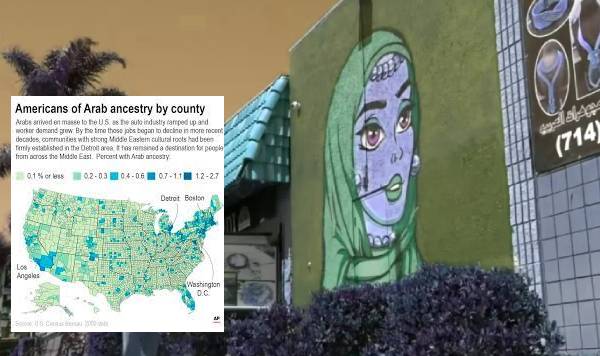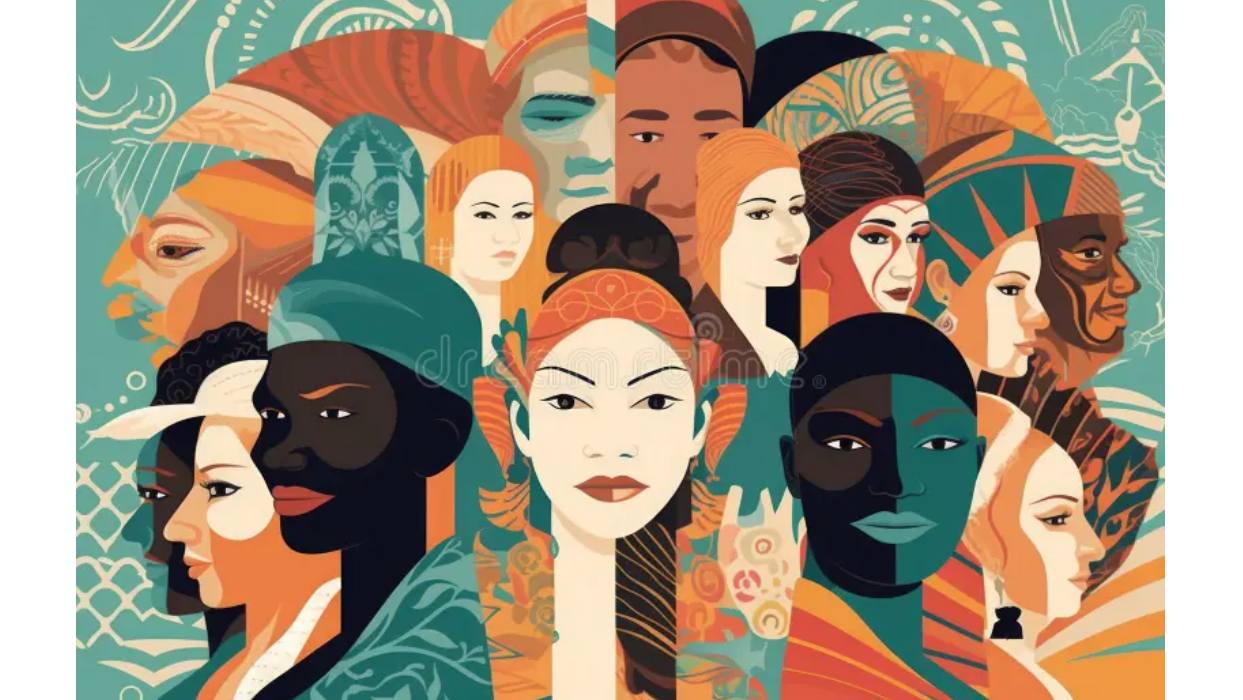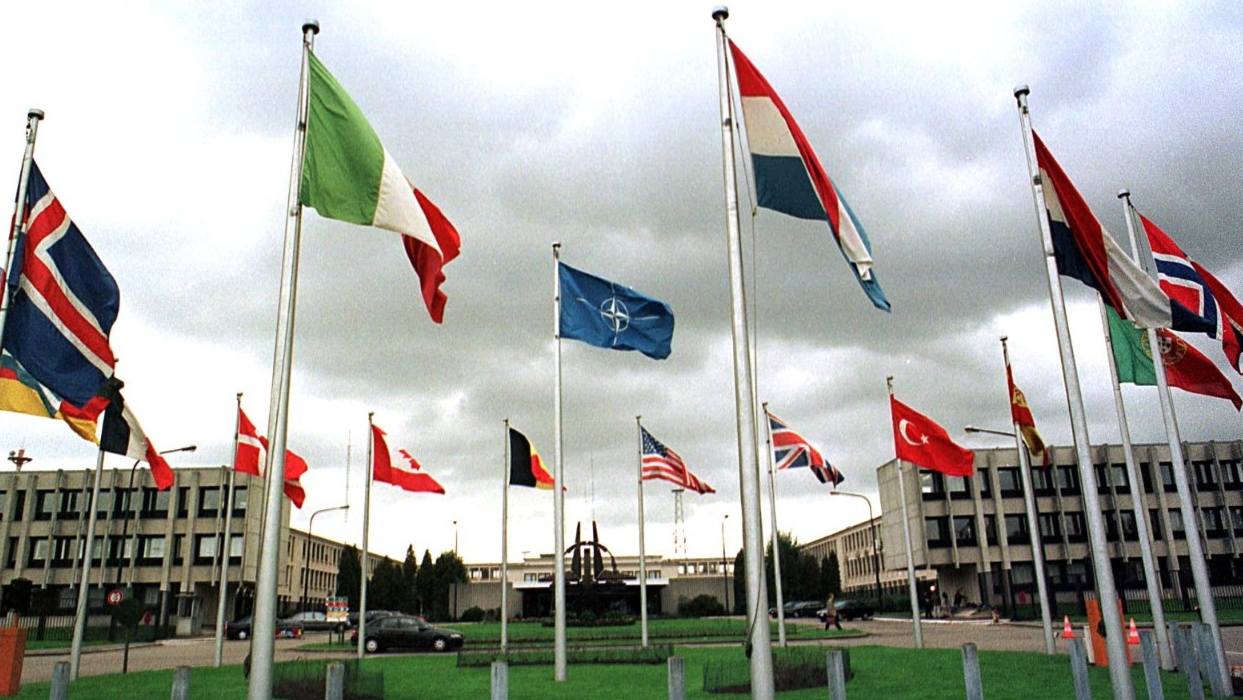The United States continues to navigate its diverse demographic landscape. A significant conversation is emerging around the representation of Americans of Middle Eastern origin. Establishing a distinct population category for this group is more than just an administrative change. It signifies a deeper recognition of cultural identity and history. It also acknowledges the need for societal inclusiveness.
The Shift in Demographics: A New Era for Middle Eastern Americans
Overview: Recognizing the Need for a Distinct Population Category
The historically broad classification of Middle Eastern individuals as “White” in U.S. Census data has long obscured the unique experiences and identities of this demographic. Many now recognize their diverse cultural backgrounds. People are also aware of the socio-economic challenges they face. This awareness has fueled advocacy for a designated category. This shift signals a pivotal move toward acknowledging the complexity of American identity.
Historical Context: A Journey from Generalization to Specificity
Middle Eastern Americans have faced census categorization limitations for years. These limitations fail to reflect their unique backgrounds. This generalization has left many feeling invisible in societal discussions. Their stories and struggles are merged with those of wider groups. The push for a specific category marks a transformative moment. It acknowledges a distinctive and previously overlooked community within the tapestry of American demographics.
The Evolution of Identity
The Broad “White” Classification: Its Impact on Middle Eastern Americans
Classified broadly under the term “White,” many Middle Eastern Americans have faced challenges in receiving appropriate representation and resources. This classification impacts not only the community’s visibility. It also affects their access to support systems. These systems are tailored to the specific challenges they encounter, from socio-economic disadvantages to cultural misunderstandings.
Cultural and Racial Complexity: The Need for More Accurate Representation
Middle Eastern identity is multifaceted, encompassing a rich tapestry of languages, religions, and cultural traditions. A more accurate representation in census data can facilitate a better understanding of this complexity. It fosters an environment for Middle Eastern Americans to more readily embrace their heritage.
Personal Stories: The Struggle for Recognition and Identity
Personal narratives often highlight profound feelings of alienation experienced by those who do not fit neatly into existing categories. Many Middle Eastern Americans have shared stories of conflicting identities. They feel neither fully seen as “White” nor fully integrated within broader minority contexts. The creation of a distinct population category could validate these experiences and offer clearer pathways for community building.
The Push for a New Census Category
Advocacy and Activism: The Role of Middle Eastern American Organizations
A united front of organizations and activists has emerged, advocating tirelessly for a dedicated category that acknowledges Middle Eastern identities. Their work emphasizes the importance of representation in policy-making and resource allocation, highlighting a community’s right to self-identify.
Political and Social Implications: Why This Change Matters
The establishment of a distinct category can have profound implications on various fronts, including political representation, social service provisions, and educational resources. It could shift the narrative around Middle Eastern Americans, enhancing their visibility and influence in the socio-political discourse.
The Census Bureau’s Response: A Step Toward Greater Inclusivity
In response to advocacy efforts, the U.S. Census Bureau has begun to explore the feasibility of this new categorization. A commitment to inclusivity suggests a willingness to engage with and reflect the realities of a changing American populace.
Case Studies: Similar Population Categories in Other Countries
Other nations have successfully implemented distinct population categorizations, allowing for greater representation and resource allocation. Learning from these examples can provide valuable insights as the U.S. contemplates similar pathways.
Challenges and Controversies
Opposition and Debate: Perspectives Against the New Category
While many support the establishment of a distinct category, there are voices of opposition. Critics argue that such a move complicates the census process, potentially leading to divisions rather than unity.
The Issue of Defining “Middle Eastern”: Geographic and Cultural Boundaries
Defining what constitutes “Middle Eastern” can present its own set of challenges. The region encompasses a variety of cultural, ethnic, and linguistic lines. Clarity is crucial to ensure that those included feel accurately represented.
Concerns Over Potential Discrimination: Will a New Category Exacerbate Bias?
Some express concerns that a new category could inadvertently exacerbate existing biases and assumptions about Middle Eastern Americans. Striking a balance between recognition and the risk of oversimplifying identities is essential.
Balancing Identity with Unity: The Broader Implications for American Society
In a nation built on diversity, the challenge lies in encouraging a sense of unity while celebrating individuality. The push for a Middle Eastern category must work in concert with broader efforts to foster inclusiveness across all demographics.
Looking Ahead: The Future of Middle Eastern American Identity
What This Change Could Mean for Future Generations
A dedicated census category has the potential to shape the future of Middle Eastern American identity profoundly. It could empower new generations to embrace their heritage while enjoying the benefits of visibility and representation.
The Role of Media and Education in Shaping Perceptions
Media and educational curricula must offer positive representation. This will play a pivotal role in shaping public perceptions of Middle Eastern American identities. It will also enhance the public’s understanding. A more accurate portrayal can combat stereotypes and promote empathy.
Broader Impact: How This Change Could Influence Other Minority Groups
Implementing a Middle Eastern population category can succeed. It could also serve as a case study for other minority groups seeking equal representation. It can establish a precedent for how demographic complexities can be acknowledged within larger societal frameworks.











Leave a Reply